The Ultimate Guide to Sales Pipelines: For Sales Professionals
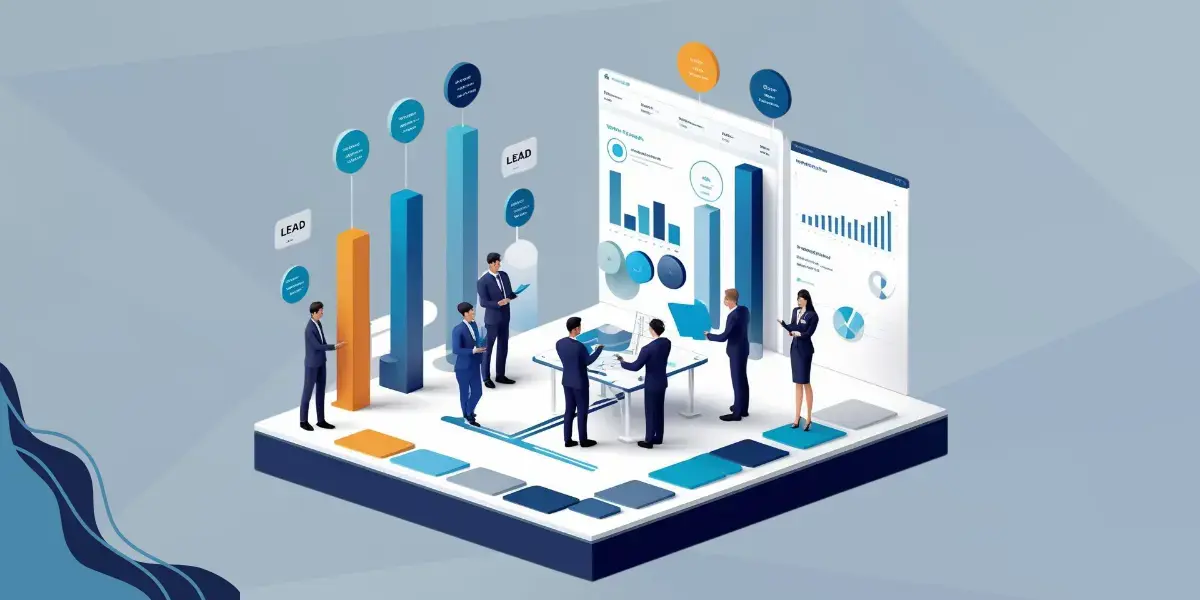
What is a Sales Pipeline?
-2.webp)
A sales pipeline is a visual representation of where your prospects are in the sales process, from their first interaction with your business to the moment they become a customer. It’s like a map that guides you through each step of turning a lead into a sale. Why do you think having such a map is critical for sales success? A pipeline helps you identify next steps, spot roadblocks, and keep deals moving toward a close. It’s distinct from a sales funnel, which focuses on the buyer’s journey, while the pipeline emphasises the actions sales reps take.
Why does this matter? A well-managed pipeline provides:
- Clarity: You know exactly where each prospect stands.
- Forecasting: You can predict revenue based on pipeline data.
- Efficiency: It helps prioritise high-value leads and avoid wasted effort.
What challenges do you face in keeping track of your leads, and how might a structured pipeline address those?
Stage 1: Prospecting
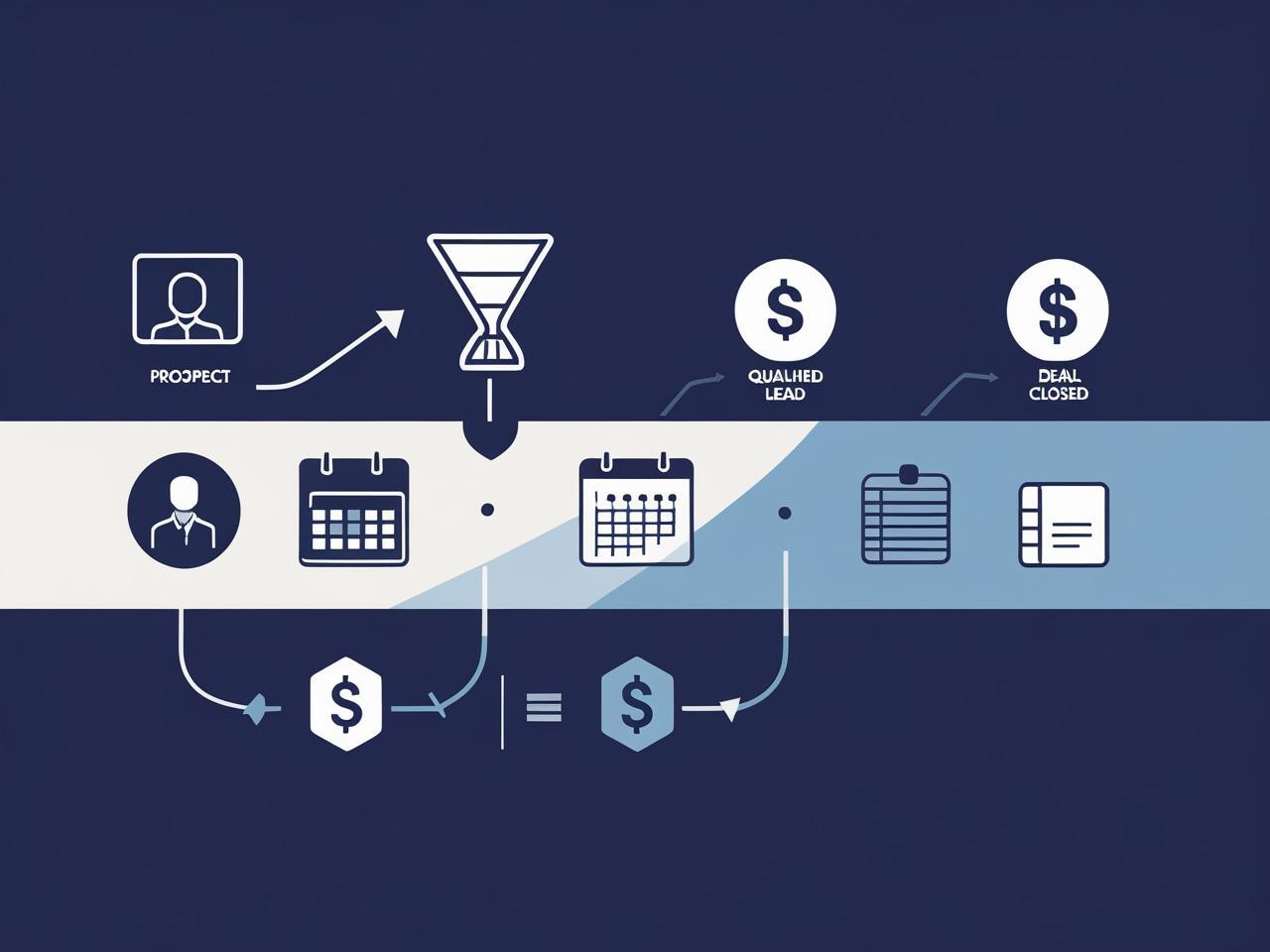
Prospecting is about finding potential customers who might benefit from your product or service. It’s the foundation of your pipeline, filling it with leads to nurture. How do you currently find new leads, and are you reaching the right people?
Best Practices:
- Define Your Ideal Customer Profile (ICP): Identify traits of your best customers (e.g., industry, size, needs) to target similar prospects.
- Use Multiple Channels: Reach out via cold calls, emails, LinkedIn, or networking events.
- Personalise Outreach: Tailor messages to address specific pain points, increasing response rates.
- Be Consistent: Dedicate time daily or weekly to prospecting to maintain a steady flow of leads.
- Leverage Technology: Use CRM tools to track and automate outreach.
Common Mistakes to Avoid:
- Sending generic messages that don’t resonate.
- Failing to research prospects before contacting them.
- Giving up after one attempt—persistence is key.
Imagine you’re at a trade show and meet someone interested in your software. How would you turn that conversation into a pipeline opportunity?
Stage 2: Lead Qualification
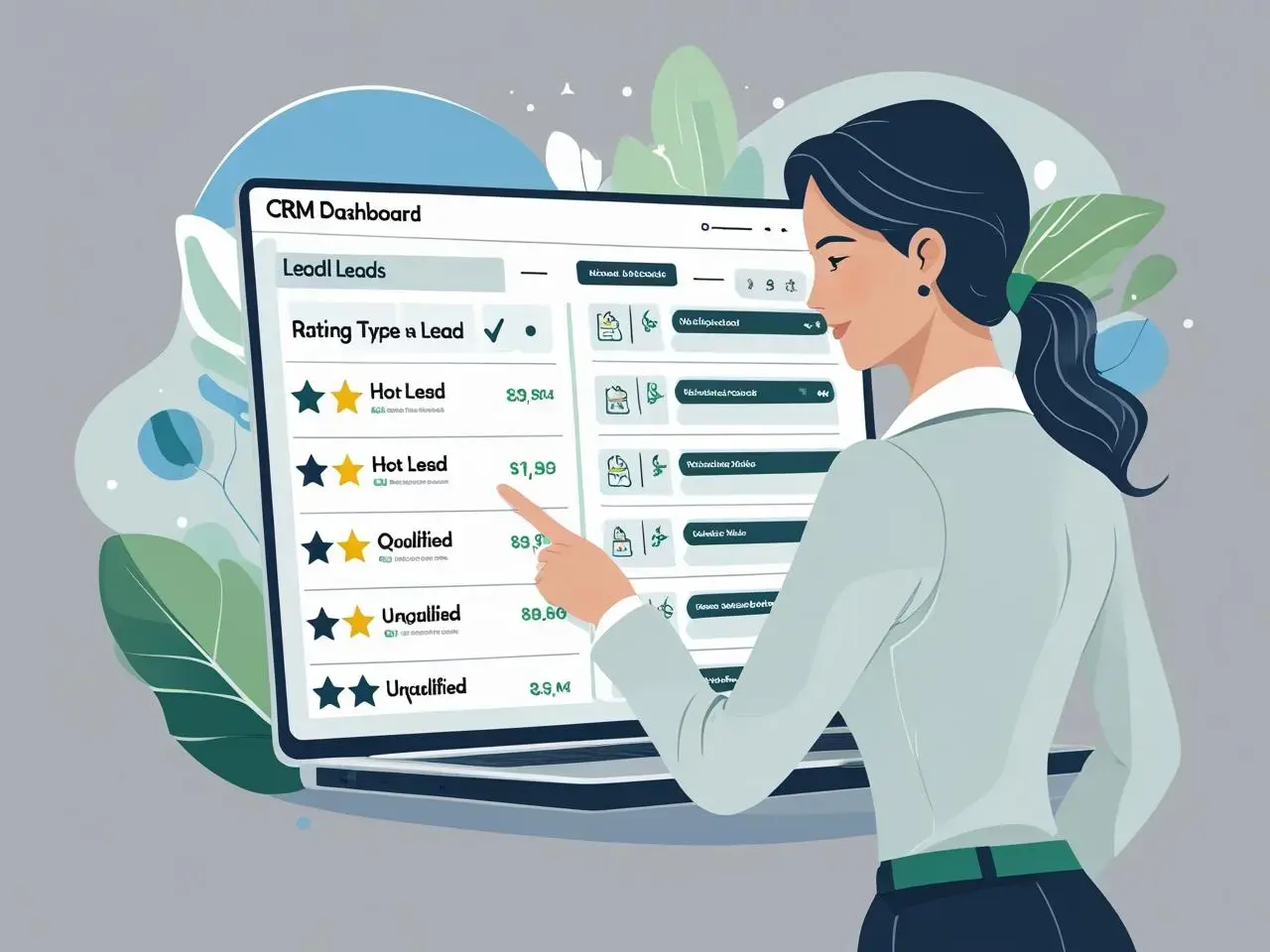
Not every lead is worth pursuing. Lead qualification helps you focus on prospects likely to buy by assessing their fit. What criteria do you use to decide if a lead is worth your time?
Best Practices:
- Use BANT Framework: Evaluate Budget, Authority, Need, and Timeline.
- Ask Open-Ended Questions: “What challenges are you facing?” or “What’s your timeline for solving this?”
- Listen Actively: Identify pain points and opportunities.
- Score Leads: Assign scores based on fit and engagement to prioritize.
- Document in CRM: Keep detailed notes for team collaboration.
Common Mistakes to Avoid:
- Assuming all leads are equal without proper vetting.
- Not disqualifying unfit leads early.
- Skipping documentation leads to miscommunication.
How would you approach a lead who seems interested but lacks decision-making authority?
Stage 3: Initial Meeting or Demo
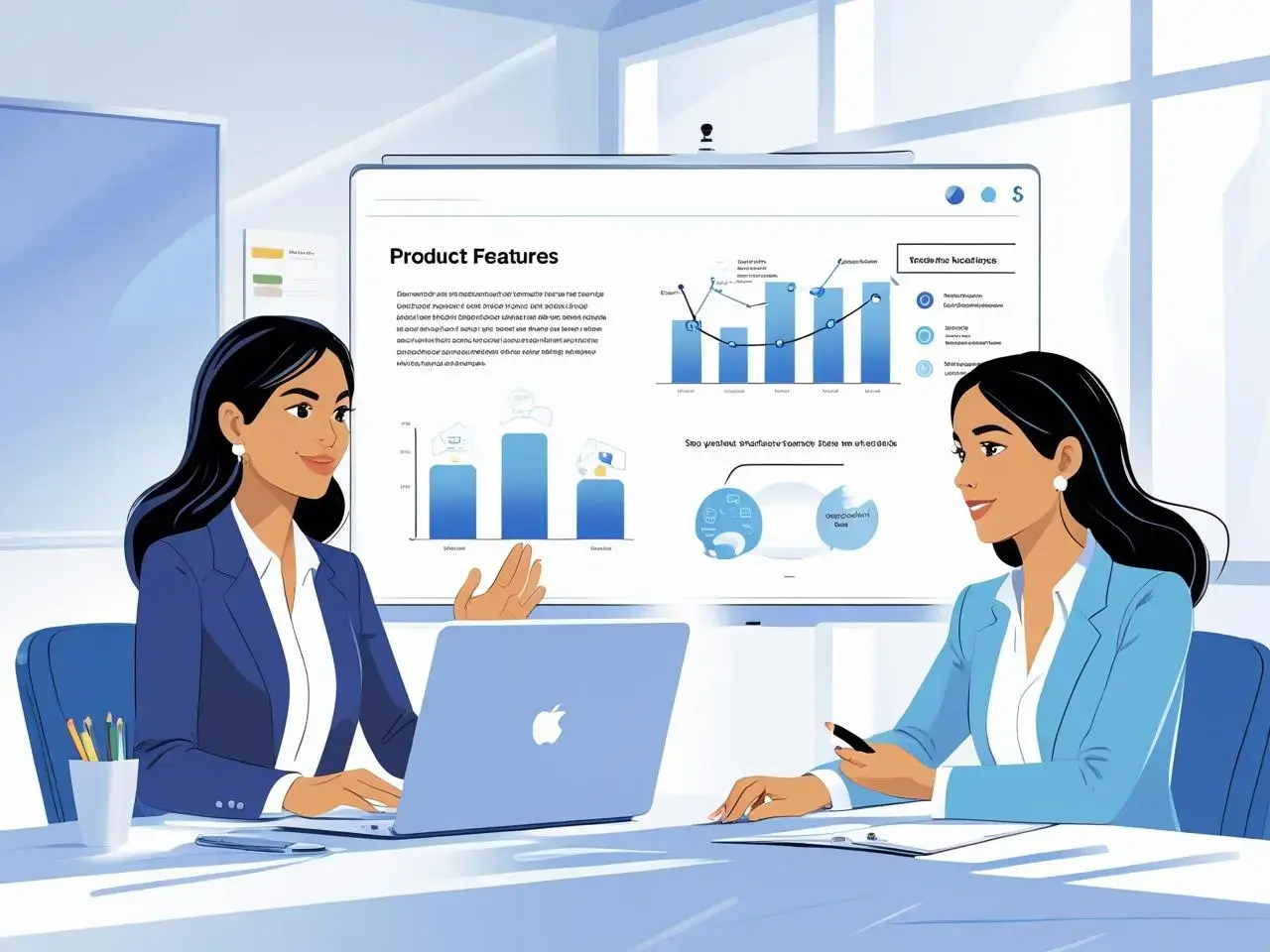
The initial meeting or demo is your chance to showcase your solution and build trust. It’s a make-or-break moment—how do you prepare for these interactions?
Best Practices:
- Prepare Thoroughly: Research the prospect’s business and challenges.
- Customise the Demo: Focus on how your product solves their specific problems.
- Engage the Prospect: Ask questions to keep them involved.
- Follow a Structure: Have a script, but be flexible to adapt.
- Set Next Steps: End with a clear plan for moving forward.
Common Mistakes to Avoid:
- Delivering a generic, feature-heavy presentation.
- Talking too much instead of listening.
- Forgetting to confirm next steps.
What’s one way you could make your demos more engaging for prospects?
Stage 4: Needs Analysis and Proposal
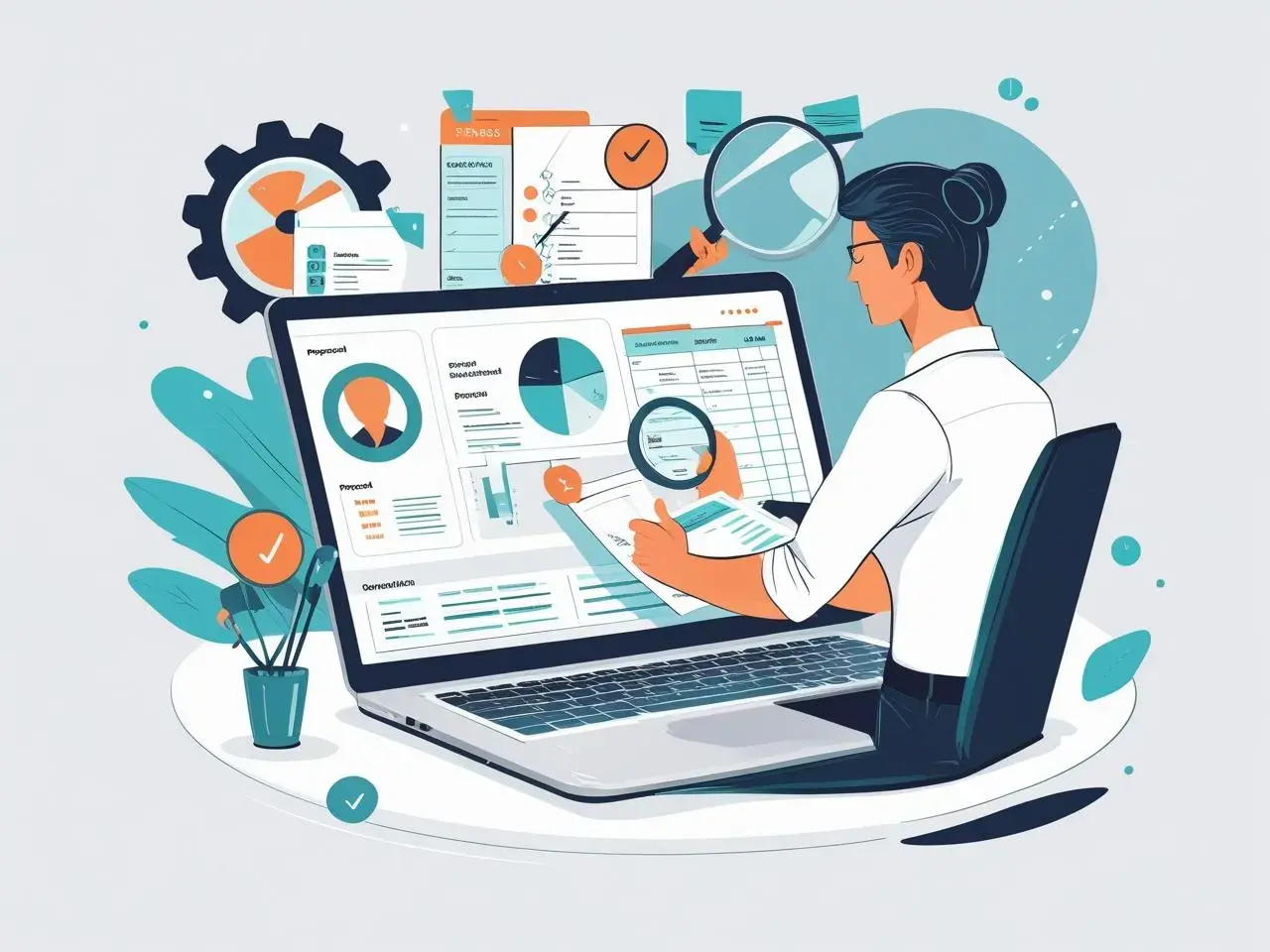
This stage involves digging deeper into the prospect’s needs and presenting a tailored proposal. How do you ensure your proposals resonate with prospects?
Best Practices:
- Conduct In-Depth Analysis: Ask detailed questions about goals and challenges.
- Craft a Clear Proposal: Highlight benefits, not just features, and use visuals.
- Follow Up Promptly: Check in after sending the proposal to address questions.
Common Mistakes to Avoid:
- Rushing the needs analysis, missing key details.
- Submitting generic proposals.
- Failing to follow up after sending the proposal.
What’s the most effective proposal you’ve ever created, and what made it stand out?
Stage 5: Negotiation and Commitment

Negotiation is about finding a mutually beneficial agreement. How do you handle objections without losing the deal?
Best Practices:
- Understand Priorities: Know what matters most to the prospect (e.g., price, features).
- Be Flexible: Offer concessions within limits.
- Handle Objections Gracefully: Please be sure to address your worries calmly and confidently.
- Seek Win-Win Solutions: Ensure both parties feel satisfied.
Common Mistakes to Avoid:
- Being too rigid or overly concessive.
- Not involving all decision-makers.
- Rushing to close without addressing concerns.
How would you negotiate with a prospect who’s hesitant about price?
Stage 6: Deal Close
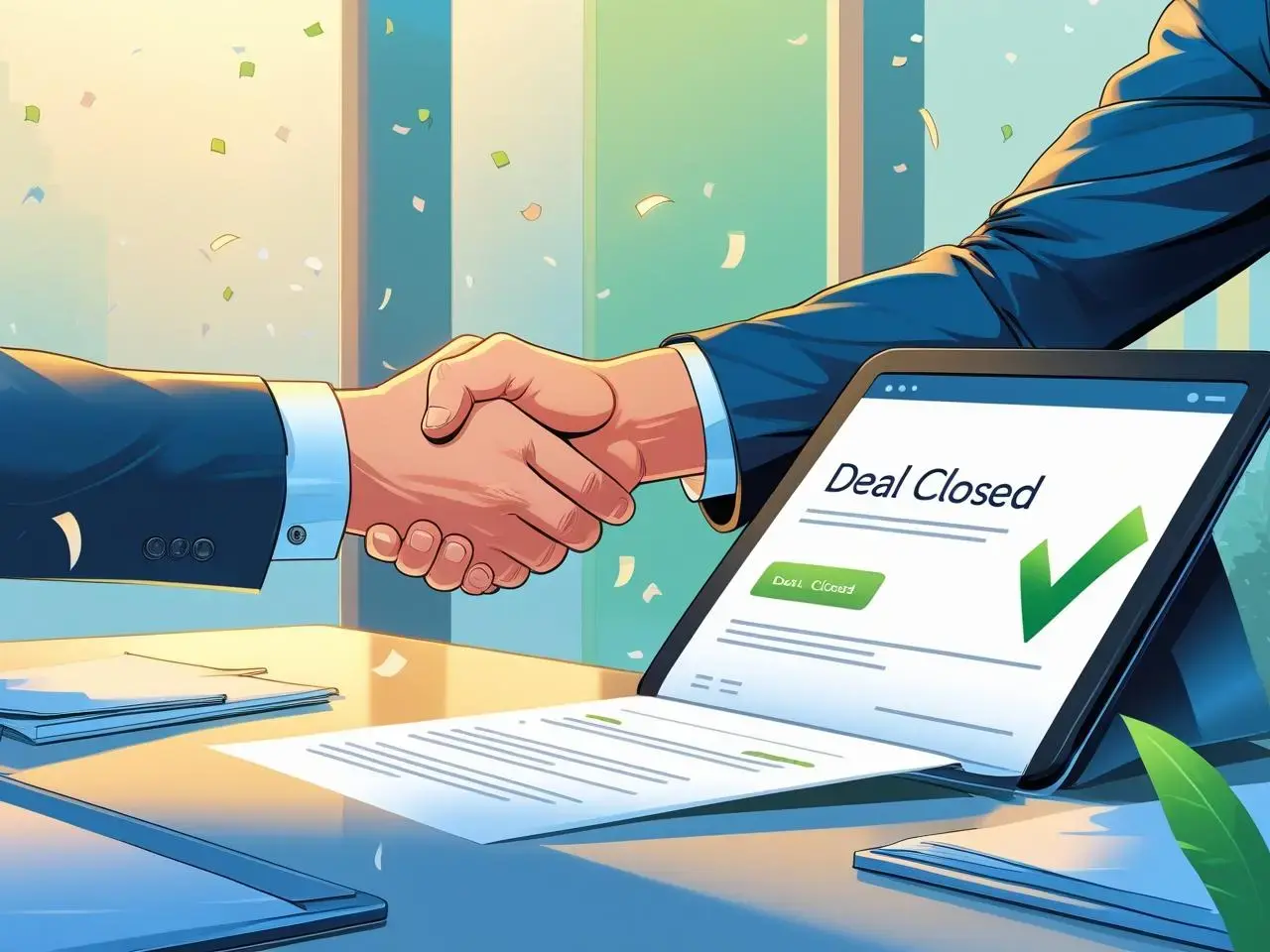
Closing the deal finalises the agreement and transitions the prospect to a customer. What steps do you take to ensure a smooth close?
Best Practices:
- Confirm All Details: Ensure clarity on terms and conditions.
- Streamline the Process: Use e-signatures for efficiency.
- Celebrate the Win: Thank the customer and set expectations for onboarding.
Common Mistakes to Avoid:
- Delaying the closing process.
- Missing necessary approvals.
- Not communicating next steps.
How do you celebrate a closed deal, and why is it important?
Stage 7: Follow-up and Retention
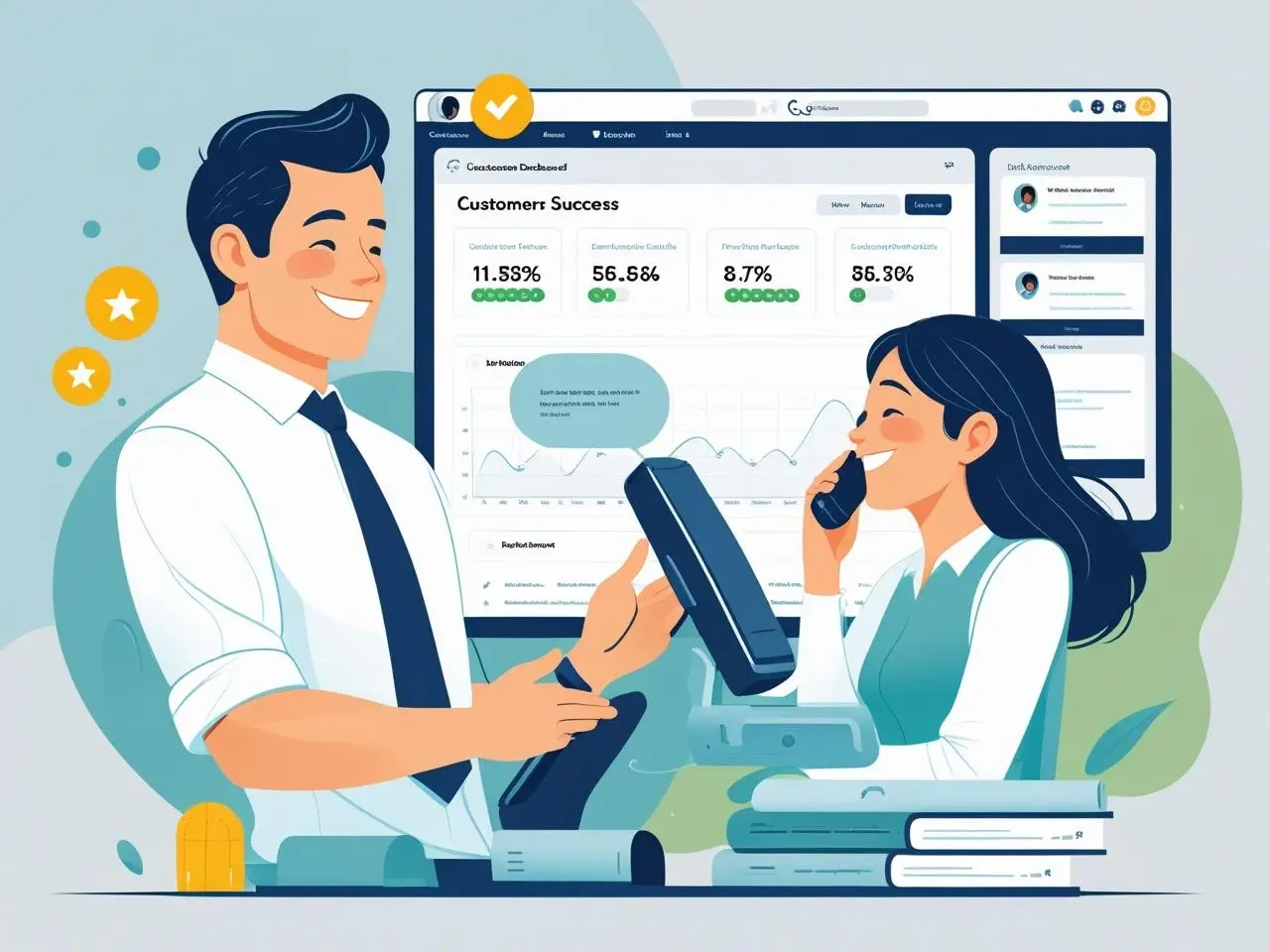
Post-sale follow-up builds long-term relationships and opens doors for upselling or referrals. How do you stay connected with customers after the sale?
Best Practices:
- Check In Regularly: Schedule calls or emails to ensure satisfaction.
- Provide Excellent Service: Be proactive in addressing issues.
- Seek Upsell Opportunities: Identify additional needs your product can meet.
- Ask for Referrals: Happy customers can introduce new leads.
Common Mistakes to Avoid:
- Neglecting customers post-sale.
- Failing to deliver on promises.
- Not seeking feedback for improvement.
What’s one way you could improve your follow-up process with customers?
Managing and Optimising Your Sales Pipeline
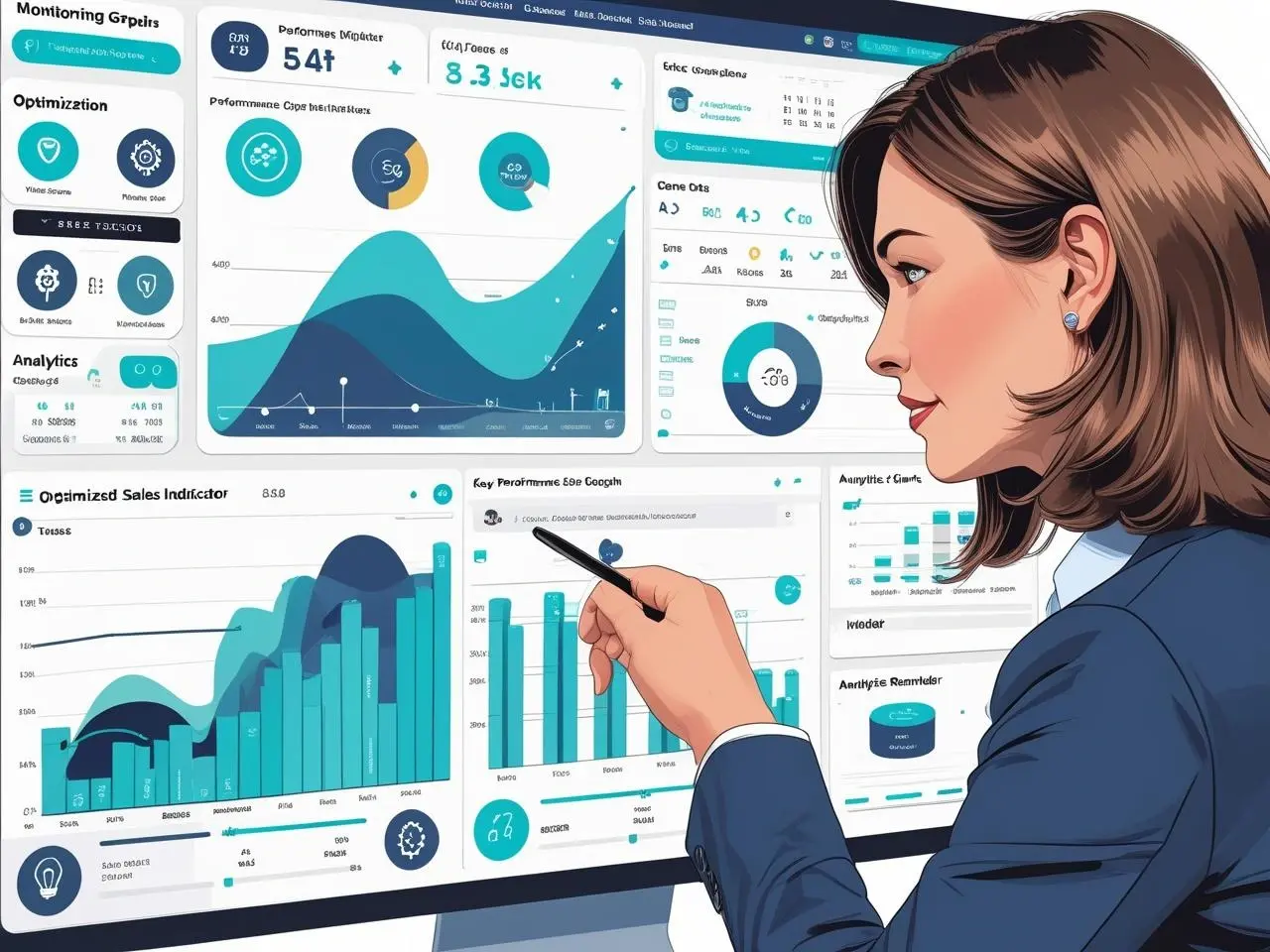
How do you know if your pipeline is working effectively? Using the right tools and tracking key metrics can make all the difference.
Tools for Pipeline Management:
- CRM Systems: Platforms like HubSpot Sales Hub (HubSpot Sales Hub) organise leads and automate tasks.
- Analytics Tools: Provide insights into pipeline performance.
- Communication Tools: Facilitate prospect interactions via email or video.
Key Metrics to Track:
- Conversion Rates: Percentage of leads moving between stages.
- Sales Cycle Length: Average time to close a deal.
- Pipeline Value: Total value of deals in the pipeline.
- Win Rate: Percentage of deals closed successfully.
How could tracking these metrics change the way you manage your pipeline?
Common Mistakes in Sales Pipeline Management
Even the best sales teams can stumble. What mistakes have you noticed in your sales process? Here are common pitfalls to avoid:
- Poor Lead Qualification: Chasing unfit leads wastes time.
- Inconsistent Follow-ups: Leads go cold without regular contact.
- Unclear Sales Process: Confuses reps and prospects.
- Outdated Pipeline Data: Leads to inaccurate forecasts.
- Quantity Over Quality: Filling the pipeline with low-value leads.
- Underusing Technology: Missing out on CRM efficiencies.
How might avoiding one of these mistakes improve your close rate?
Conclusion
Founder & CEO @ Hubxpert. My goal is to make every company using HubSpot succeed in their marketing organisation and automation.

Ratul Rahman
Table of Contents:
Subscribe to our newsletter

HubSpot: Elevating Bangladeshi Consultancies Beyond Excel
Our 2024 Beginner's Guide to Revenue Attribution Models explains key models & helps you choose the right one to optimize campaigns & boost ROI.

Why Bangladeshi Consultancies Lose 30% of Leads—and How to Fix It
Our 2024 Beginner's Guide to Revenue Attribution Models explains key models & helps you choose the right one to optimize campaigns & boost ROI.
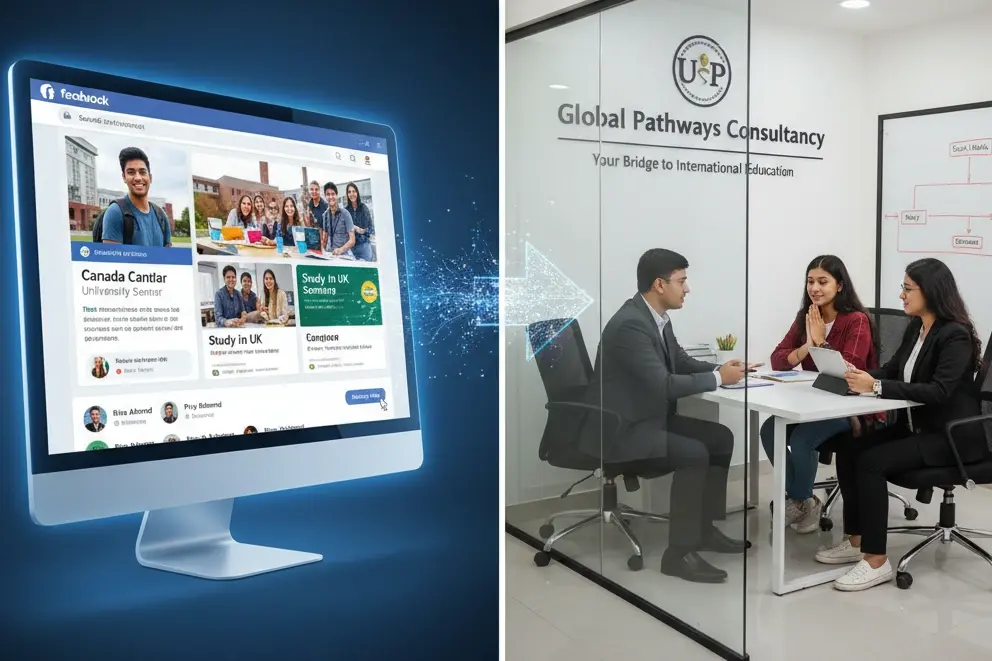
Bangladeshi Study-Abroad Marketing: Converting Social Media into Leads
Our 2024 Beginner's Guide to Revenue Attribution Models explains key models & helps you choose the right one to optimize campaigns & boost ROI.

Best CRM for Education Businesses in Bangladesh
Our 2024 Beginner's Guide to Revenue Attribution Models explains key models & helps you choose the right one to optimize campaigns & boost ROI.
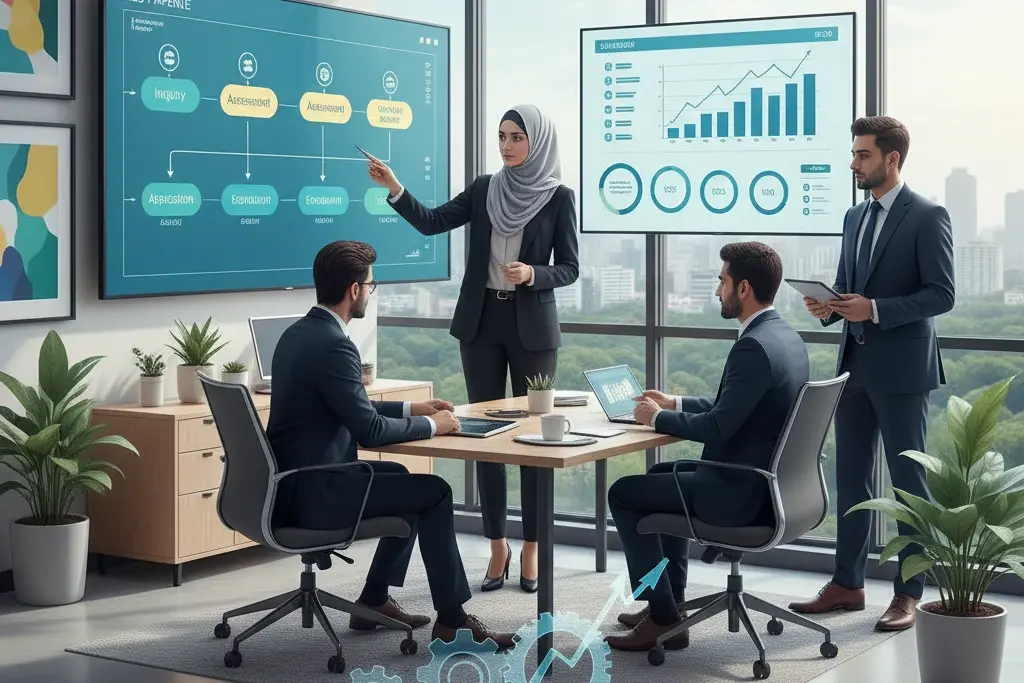
Modern Sales Systems That Actually Convert for Bangladeshi Consultancies
Our 2024 Beginner's Guide to Revenue Attribution Models explains key models & helps you choose the right one to optimize campaigns & boost ROI.

What I Learned Helping Healthcare Businesses Fix Their Sales & Marketing Process
Discover how connected CRM systems like HubSpot can transform healthcare sales and marketing processes, improving patient engagement, reducing no-shows, and streamlining workflows.
-

HubSpot: Elevating Bangladeshi Consultancies Beyond Excel
Discover how businesses are using HubSpot to streamline marketing efforts, boost lead generation, and drive sustainable growth through data-driven strategies.
Marketing -

Why Bangladeshi Consultancies Lose 30% of Leads—and How to Fix It
Discover how businesses are using HubSpot to streamline marketing efforts, boost lead generation, and drive sustainable growth through data-driven strategies.
Marketing -

Bangladeshi Study-Abroad Marketing: Converting Social Media into Leads
Discover how businesses are using HubSpot to streamline marketing efforts, boost lead generation, and drive sustainable growth through data-driven strategies.
Marketing -

Best CRM for Education Businesses in Bangladesh
Discover how businesses are using HubSpot to streamline marketing efforts, boost lead generation, and drive sustainable growth through data-driven strategies.
Marketing -

Modern Sales Systems That Actually Convert for Bangladeshi Consultancies
Discover how businesses are using HubSpot to streamline marketing efforts, boost lead generation, and drive sustainable growth through data-driven strategies.
Marketing -

What I Learned Helping Healthcare Businesses Fix Their Sales & Marketing Process
Discover how businesses are using HubSpot to streamline marketing efforts, boost lead generation, and drive sustainable growth through data-driven strategies.
General




